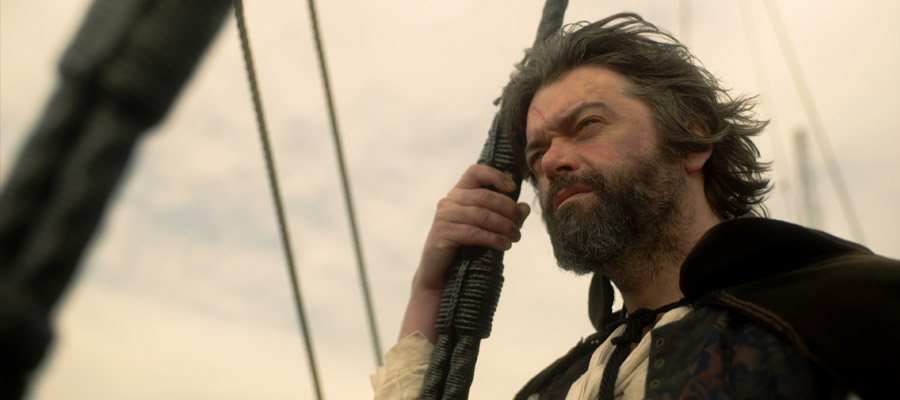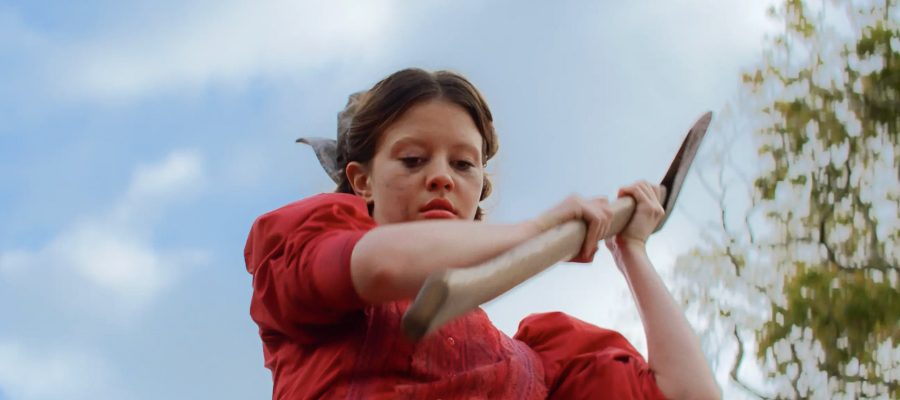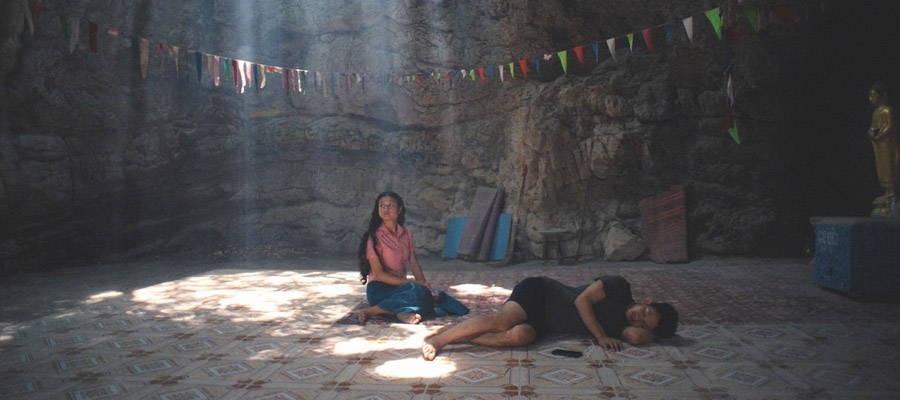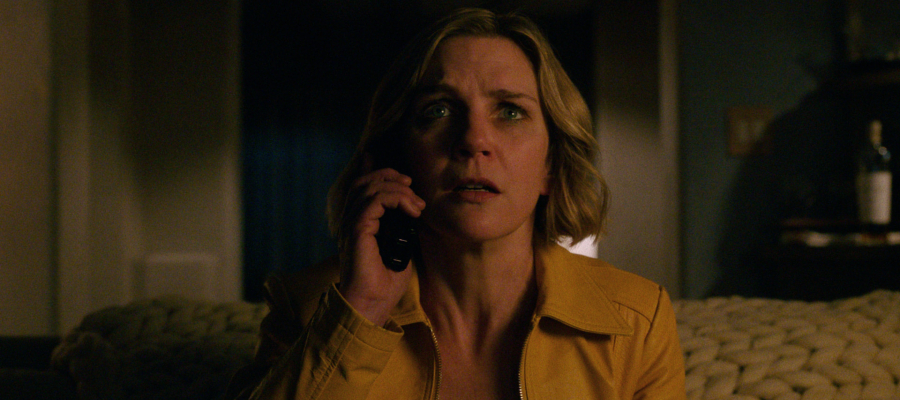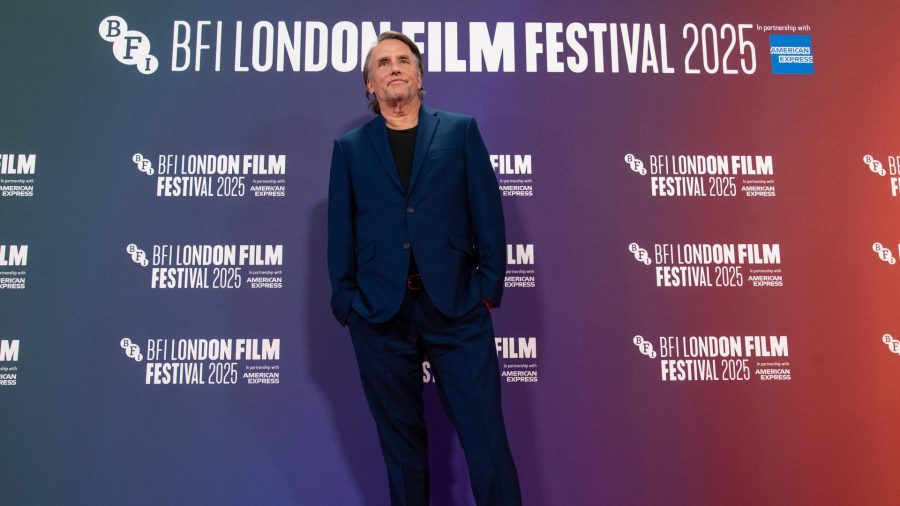The Exhibition on Screen series has grown into an incredible archive of immersive artist profiles featuring expert talking heads, biographical insight and of course, the chance to see the artwork itself. Their latest subject, however, requires a slightly different approach.
The Milanese painter Michelangelo Merisi da Caravaggio poses an interesting challenge: He's left us little to go on. Unlike many of the Exhibition on Screen subjects, he was “not a man of letters.” The majority of evidence about his life comes from two apparently contrary sources: the records of the serial-brawler's arrests and his momentous paintings. It's a biographical contrast as extreme as the light-and-dark chiaroscuro that runs through his paintings. Still, we're told early on by Italian biographer Fabio Scaletti that it's impossible to understand his art without understanding his life. So, without an epistolary element, how can a film explore what lies between those two extremes?
Directors David Bickerstaff and Phil Grabsky take the bold step of giving the artist a voice. Jack Bannell embodies Caravaggio in scenes where he recounts his life on his final and fateful voyage—one he hoped would lead to his pardon in Rome but ultimately led to his death. Bannell looks uncannily like Caravaggio (something we know from the artist's fondness for giving himself cameos in his paintings) and brings a captivating mix of reflection and bombast, “‘what an astonishing painter I am!” through a carefully assembled script.
Giving a voice to an artist shrouded in mystery isn't without risk, but it soon becomes clear that this is a confrontational character who demands a confrontational approach. As the artist challenges early on, “Who will tell my story?”
Born in the late 16th century, a generation after Michelangelo and Da Vinci, Caravaggio grew up in a Milan wracked by war, pestilence and famine. The film progresses chronologically, telling a riveting story full of good and bad luck, twists and mystery, even without the wealth of paintings on display.
In the 1590s, the young artist set off for Rome, arriving as the city was undergoing a massive building program to enshrine itself as the symbolic centre of Christianity; the perfect opportunity for him to make his mark. His first public commission on the theme of Saint Matthew the Evangelist at the Contarelli Chapel made him an overnight sensation.
Those familiar with this series will be ready for the format that shows us the significant works in the whole and in detail, with expert analysis providing a personal curation. Here, it helps to capture the extraordinary revelation experienced by Romans when that work was revealed. Like contemporary viewers, we're drawn in by the artist's use of darkness and light, see how he treated still life as delicately as portraiture—a revolutionary idea at the time—and how painting from life contributed to the compelling, ambiguous action of his work.
The film captures art from throughout Caravaggio's career in situ in Rome, Naples, Malta, and the National Gallery in London. Its structure highlights what made Caravaggio such a revolutionary figure. Insight includes closer looks at the chiaroscuro at play in The Crucifixion of Saint Peter (1601-1602) and where light becomes the subject in The Conversion of Saint Paul (1601-2).
Caravaggio also helps illustrate the progression of his work during his dramatic life. After the pivotal events of May 1606, when Caravaggio killed a man and was forced to flee Rome, it directly confronts how easy it is to impose biography on the artist's paintings. The subject and extraordinary composition of his largest work, The Beheading of Saint John the Baptist (1607-8), which places its action in the lower left, at the height of the viewer, below an ominous dark space, is hard to ignore. Notably, that work, which hangs in the Oratory of St. John's Co-Cathedral in Valletta is signed by the man who'd die within two years in Saint John's blood.
Caravaggio isn't just an excellent primer on this important artist's work. While it highlights the approach to light and action that would influence baroque painting as much as modern filmmakers like Martin Scorsese, it also makes well-thought-out decisions to capture the man like never before. Perhaps, much like Caravaggio's dark and often difficult painting, it's best summed up as a multifaceted quest for the truth.
Caravaggio is in cinemas from 11 November

